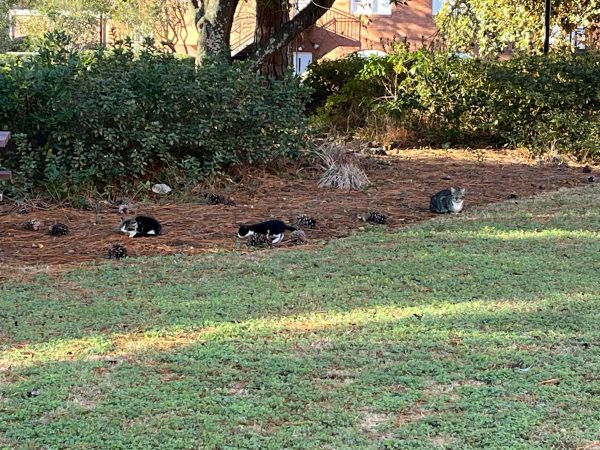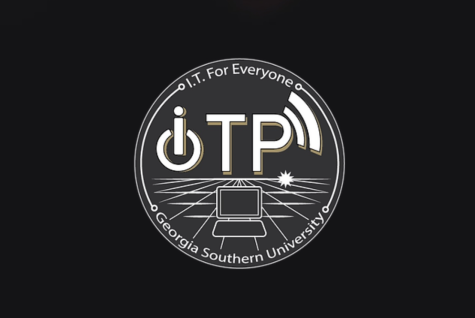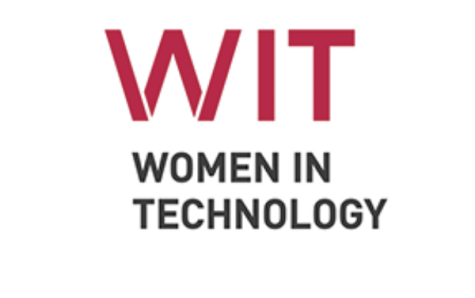The historic Willow Hill School lives on with the help of the GS community
April 5, 2018
Less than a 20-minute drive from Statesboro, where the historic Willow Hill School once operated in Portal, Georgia, now stands the Willow Hill Heritage and Renaissance Center, a community center and museum.
The Willow Hill School was originally established in an old turpentine shanty by former slaves in 1874.
“The community [was] of landowners that acquired land just after the Civil War and built in 1874 the school Willow Hill, which became the center of the Willow Hill community,” Dr. Alvin Jackson, chair of the Board of Trustees of the Willow Hill Heritage and Renaissance Center, said.
The school underwent many renovations before its closing in 1999. By then, Willow Hill was the longest-operating school in Bulloch County.
“It was not only just a school, it has always served as a community center for folks,” Brent Tharp, director of the Georgia Southern Museum, said. “Probably one of the most interesting stories was, in 1946, it became the location for the first opportunity for African-American voters to register to vote, and for doing that, they were threatened and harassed, a cross was burned on the grounds of the school, and they didn’t back down. They continued to register to vote.”
When Bulloch County auctioned the property in 2005, descendants of the school founders purchased the school and founded the Willow Hill Heritage and Renaissance Center.
“The Great Migration had impact on the community, because many folks in [search] of opportunities because of Jim Crow, went North, but now we’re seeing many were starting to come back, and we’re hoping to create a renaissance in the community based on the return,” Jackson said.
To learn more about the history of the Willow Hill school, click here.
The Willow Hill Heritage and Renaissance Center
The Willow Hill Heritage and Renaissance Center operates as both a community center and a museum, with several exhibits dedicated to the Willow Hill school and local African-American history.
“[The Willow Hill Heritage and Renaissance Center] will preserve as a museum the history of that school and that community, but also act as a community center still for that very tight-knit community in there, and look at African-American history in Bulloch County and Georgia and provide a really interesting resource center,” Tharp said.
Although the museum is not open to the public at designated hours, Jackson said that tours are available upon request in advance. Their goal, he said, is to open the museum on the weekends.
“We are trying to do everything we can to save history,” Jackson said. “I would say historic preservation really is a part of who we are.”
Jackson said he has recorded oral interviews for the last 35 years to collect the history of the Willow Hill School. Born in Bulloch County, he graduated from the integrated Statesboro High School before going to medical school and eventually becoming the director of health for the state of Ohio.
“I’m a returnee,” Jackson said. “I’ve just been back two years this March. I always had this in my heart. Even though I wasn’t here, Willow Hill was always in the back of my mind. I went to school here, my grandmother went to school here, my great-grandfather was on the Board of Trustees, so I’ve heard these stories, and it’s been a great part of what I do.”
Outside of its function as a museum, the Willow Hill Heritage and Renaissance Center provides activities for the community, particularly for youth and seniors.
Jackson said the center focuses on mentoring young people into the importance of taking care of their bodies and their communities.
“We have a bicycle club that we are working on with Coach Johnson out of Dublin and Coach Atiba out of Atlanta, and this is a way to get young people interested in taking care of their bodies through riding, to keep their focus away from getting involved in things that are not good for them and to create a situation where they can meet other friends,” Jackson said.
Additionally, Jackson said the center is working on a summer camp for young girls. In the past, the center has also provided activities for elderly people.
“Seniors, they are a lot of older people who are feeling lonely. A lot of their friends are gone. So we have in the past had something here for seniors, and we want to really move back there so that they’ll have a place to come where they can meet their friends, get involved in crafts and those kinds of things,” Jackson said.
Jackson said that every year on Labor Day Weekend, the center hosts a heritage festival, featuring speakers who graduated from Willow Hill, breakfast, health screenings and youth activities.
“We’ve had the fire department and the police department to come and be a part of that – the kids crawl the ladders, and they look at the police as being someone who is a community partner as opposed to someone to be feared,” Jackson said. “So, teaching fire safety and those kinds of issues are things that we have done.”
As Willow Hill provides activities for the community, the Board of Trustees continues to work on the museum and historical research.
“We’re in our building phase. So while we’re trying to do historic preservation, at the same time, we’re bringing the community in,” Jackson said.
Connection with Georgia Southern University
Due to Willow Hill’s close proximity with Georgia Southern University, GS faculty and students have been involved with the development of the museum.
Tharp said he has worked with the center on research projects and exhibits, as well as connecting students from the public history program to research projects.
“I have had the privilege and the real pleasure of working on a variety of projects with [Jackson] and helping to consult a little bit with the organization, but really, the board is just an incredibly active group and dedicated group to the Willow Hill community,” Tharp said.
The GS community has been involved with Willow Hill outside of the museum projects, as well.
“We also have been working with Dr. Moya Alfonso in the [College of Public Health] and her student Maria Olivas. We’ve done a need assessment of the area … [to] look at what are the challenges to this area then seeing how, as a place that we can call people together, to address concerns,” Jackson said.
Student involvement
“Students have been such an important part of this,” Jackson said, explaining that Willow Hill needs volunteers for a variety of tasks and projects.
Student leaders, history students, interior design students and students from other disciplines have worked on projects at the center, Tharp said.
“My involvement has been with history students. So of these hundreds of oral histories that Dr. Jackson completed – they’re all on cassette tapes – and so we’ve been helping to digitize those and get transcriptions made from them and set them up,” Tharp said. “A graduate student did the first project, so the public can start to access these and do research with them.”
Jackson said the board is looking for student volunteers who would be interested in making documentaries or further developing the museum exhibits. Willow Hill also needs volunteers to assist with other tasks, like painting, landscaping and maintenance.
Emily Coats, junior art history and French major, volunteered at Willow Hill a few years ago with the BUILD program at GS.
“I would describe my experience at Willow Hill to be eye-opening. When we first arrived, it was very interesting to hear about the history of Willow Hill, and everyone there is very passionate about what they do. My BUILD group helped tidy up around the school building by scraping off paint, dusting, mopping and other basic refurbishing-like tasks to help clean up,” Coats said in an email.
Jackson said when the museum fully opens to the public, volunteers may help keep the museum open more often.
Potential volunteers can call and leave a message for the Willow Hill Heritage and Renaissance Center at 912-865-7154.
Coats said, “Some of the most memorable things about my experience [volunteering at Willow Hill] were the passion the people there had and the opportunity to hear stories in person, rather than read them in a book.”
Blakeley Bartee, The George-Anne Features Editor, gaartsandent@georgiasouthern.edu














